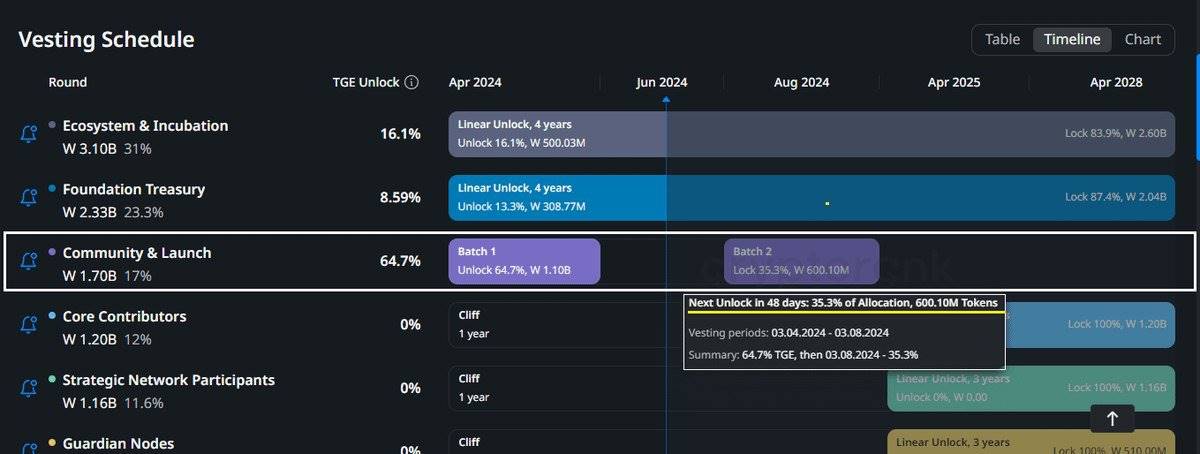Airdrops sind nicht tot, aber jagen Sie heißen Projekten nicht zu sehr hinterher
Originalartikel von Axel Bitblaze
Originalübersetzung: TechFlow
With all the major airdrops like $ZRO Und $ZK now complete, the sentiment around airdrops seems to have cooled down a bit. So, is the airdrop beta over? Are they still worth farming? What’s next for airdrops? I’ll share my thoughts in this post.
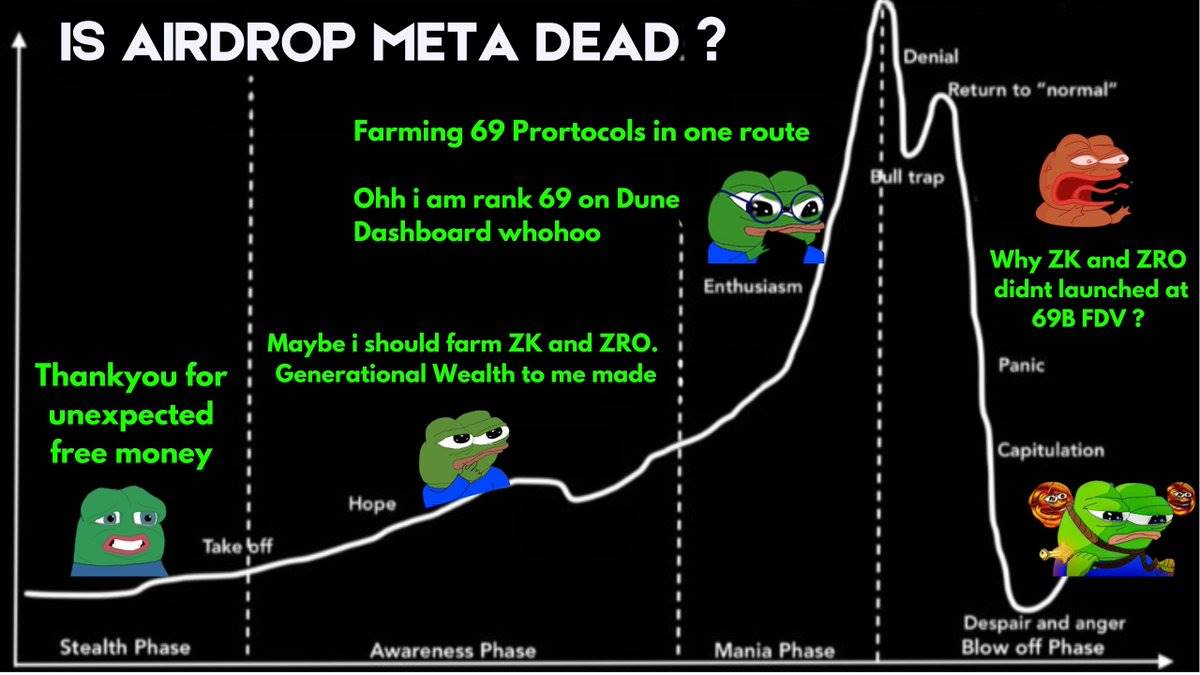
What’s next for the airdrop?
A few months ago I wrote an article about “Current Luftabwurf Betas” where I mentioned that there were three major airdrop projects that had yet to be launched. Now that they have all been completed, here are my thoughts on the upcoming betas.
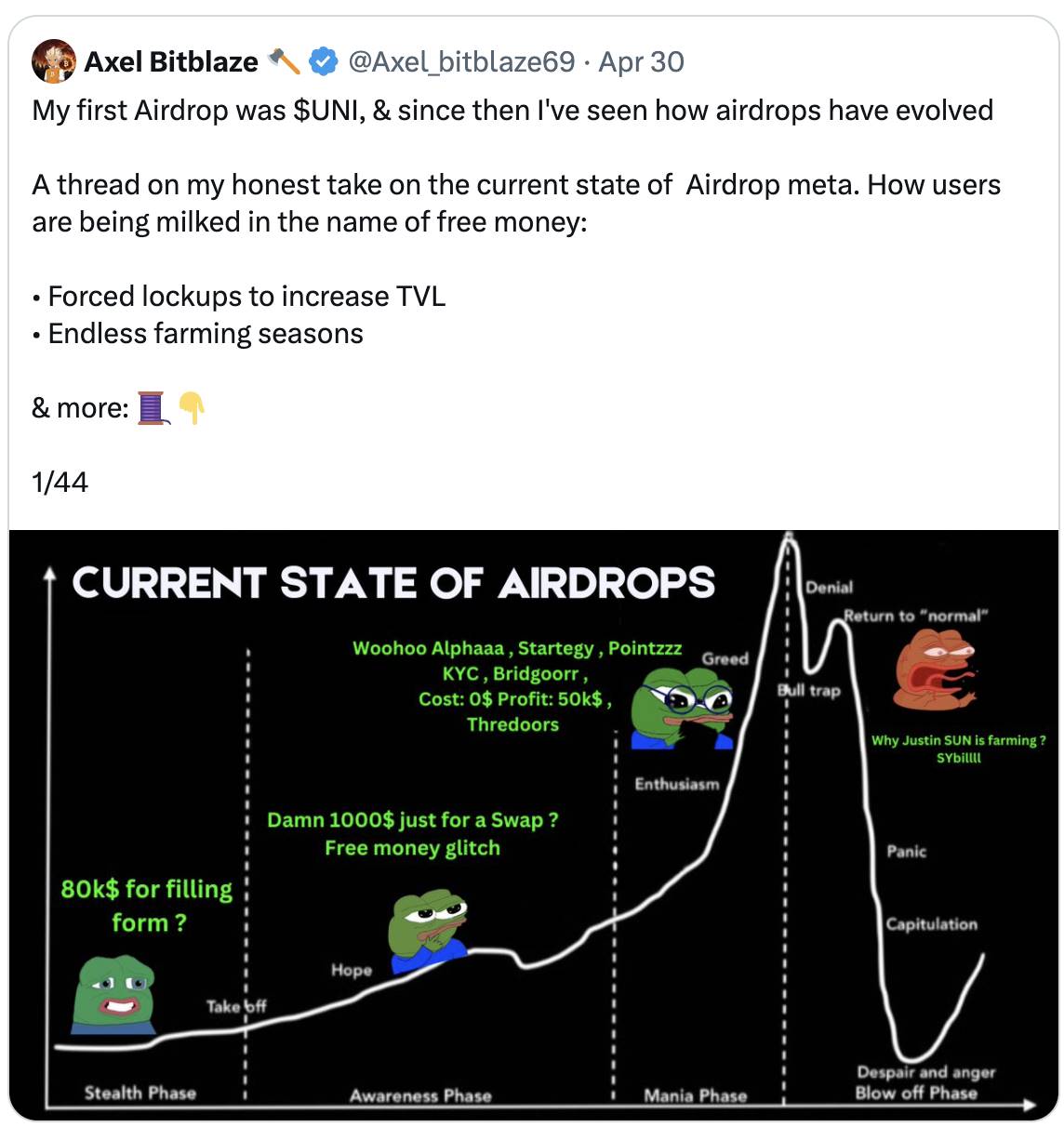
( See tweet for details)
Are airdrops dead?
The short answer is no. The longer answer is that airdrops vary.
It can be understood that in games, there will always be cheats or strategies that are too powerful, and when too many players start using or abusing them, they will eventually be weakened.
The same goes for airdrops, the old methods will be weakened, but it does not mean the game is over.
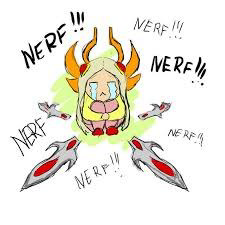
Before we get started, let’s first analyze which factors have the greatest impact on airdrops and how to use them:
-
Financing and valuation;
-
the extent of hype and dilution;
-
Market sentiment and FDV at the time of release;
Now, theres a lot of noise about FDV at launch, but I think this is a bigger puzzle:
-
Retail investors want projects to be listed with a low FDV so they can bid for new tokens and profit.
-
The airdrop party hopes to obtain a high FDV so that they can sell the tokens when they are released.
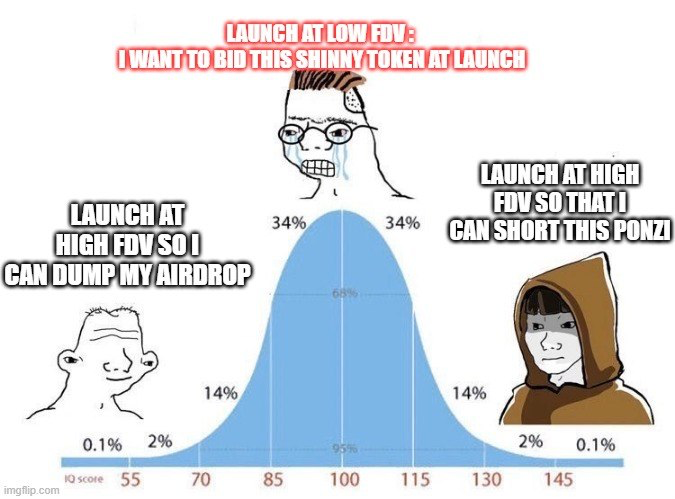
The project is squeezed from two aspects:
-
Retail investors: “Your tokens are too expensive and I will not provide exit liquidity to the traders.”
-
The Mao Party/Community: List it at a good FDV price, otherwise the airdrop will be peanuts, and we will fool you severely.

The current situation? Its a battle between the project and the hackers.
The project team tried to avoid letting the investors exit easily, while trying to please retail investors by listing the project at a lower FDV.
Today even T1 CEX prefers to release tokens with lower FDV. Retail investors win, you get VC valuations without vesting.
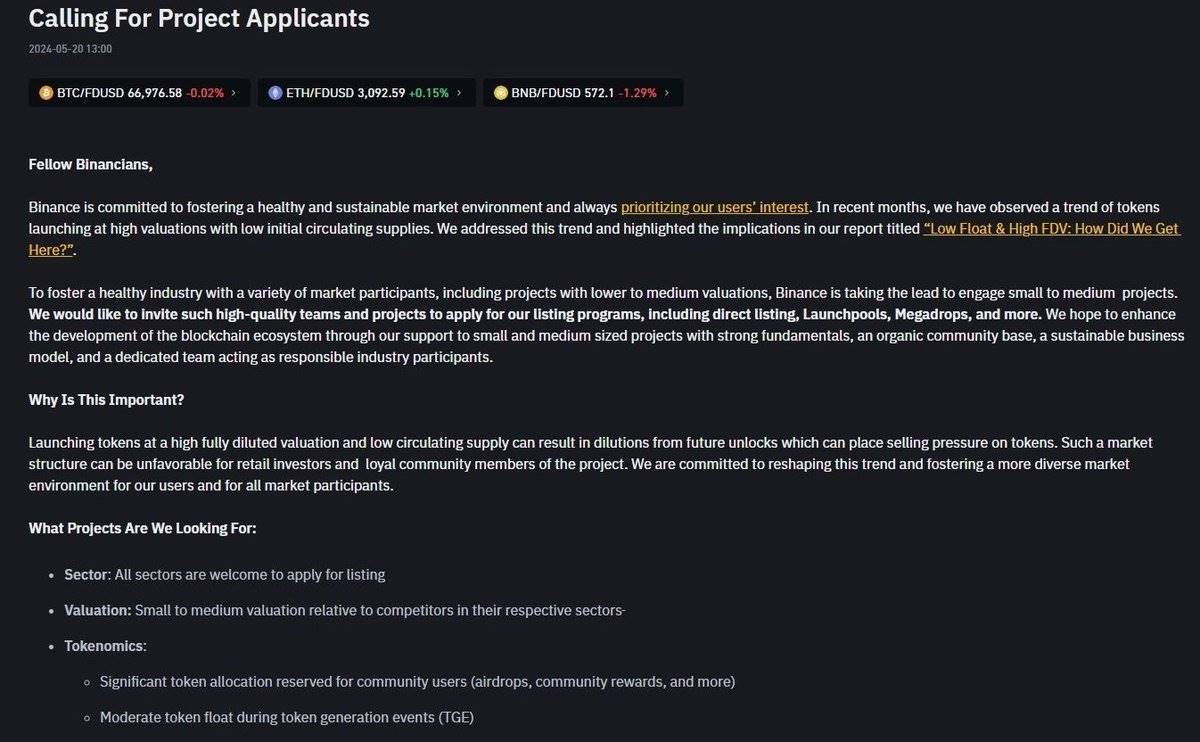
This is the case with the recently launched $ZK Und $ZRO , depending on market conditions of course.
I think they dont want to give the money collectors a high exit, but rather want to sell at a lower valuation and then sell off in a big way later like $SEI Und $SUI did.

Although the situation of $W , $DYM Und $STRK is different, they were launched at extremely high FDV (fully diluted valuation) and gradually lost value.
Those who received the airdrop are happy, but there are almost no market buyers at these valuations. Even staking has failed to prevent the value of $W from falling.
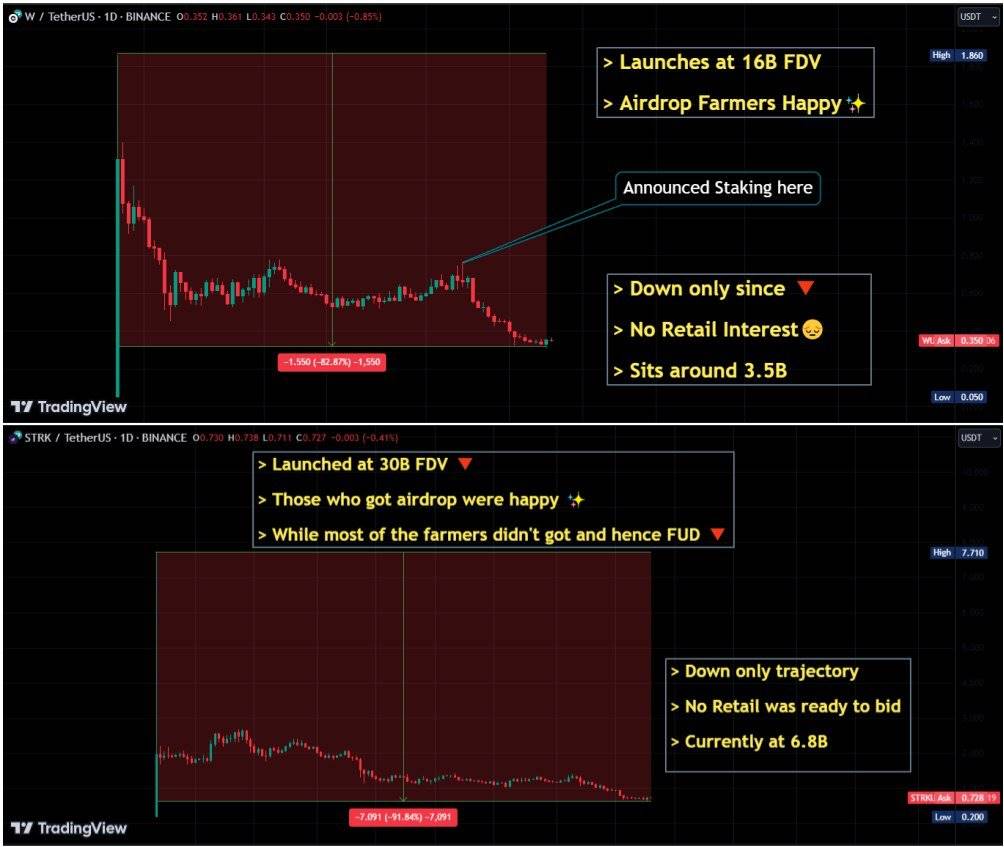
So, factor 1 is not really within our control. We need to focus on the factors that we can control.
The reason I say this is a good adjustment and a change in strategy is that the current market environment has been severely inflated by certain standards, resulting in an imbalance in the market.
I am reminded of the same scenario in the early ICO era, when most IDOs (Initial Decentralized Exchange Offerings) were able to achieve 100-500x returns and people could make a lot of money with an investment of $50-100.
The same thing happened with the early airdrops, where by spending $50-100 in fees, we were able to get a 100x return on the airdropped tokens, equivalent to $5,000 in profits.
Later, this evolved into a pay-to-win situation:
-
For IDO: Stake our Launchpad tokens to get your allocation.
-
For airdrops: provide liquidity on our chain/protocol and lock up funds.
What are the disadvantages?
With IDOs, when the music stops, the tokens lose value. With airdrops, you need to pray that the protocol doesn’t get hacked.

Anyway, lets move on.
Projects may choose to do linear airdrops, which is not ideal for small-capital investors, so this is another dilemma.
If you have enough funds, then Linear Airdrop might be for you.

( See tweet for details)
For investors with low capital:
As the market environment changes, we need to change some habits:
-
Stop excessively chasing popular airdrops.
-
Stop using those useless Dune dashboards to check rankings, they just inflate random metrics.

None of your favorite protocols use these metrics.
I think these dashboards just put you in a state of mind where you think “I’m not doing my job well” and then you get caught in a vicious cycle of wasting unnecessary money and time trying to meet random criteria in order to rank higher.
For low-capital farmers, there are two strategies:
-
Sybil attacks on low-level allocations: capturing small allocations through multiple accounts.
-
Look for projects that are not too popular but have good financing and participate early.
I think playing with lower tier allocations is a good risk reward strategy where you spend less money and time but still get a good return.
Historically, successful cases of low-level allocation:
-
Etherfi: The last day of deposits earned you $900.
-
Eigenlayer: Investing just $1 in Eigenlayer earned you 110 tokens.
-
Jupiter: 200 $JUP tokens and $WEN for just a few Solana interactions.
Imagine that spending $50 on Pendle YT qualifies you for $800 worth of $ETHFI and 110 $EIGEN .
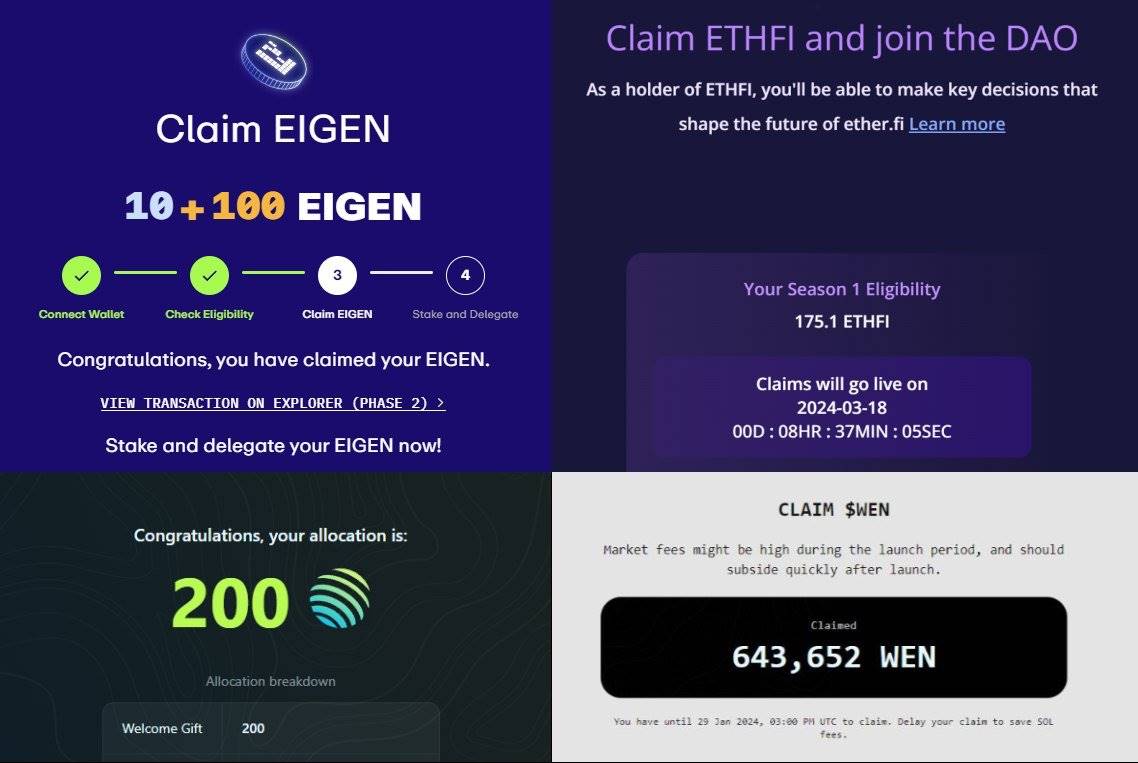
Even in the worst case scenario, where the items are distributed completely linearly, you havent wasted much time or money on low-level farming, so the disappointment wont be too great.
For those who have been investing in high-level projects (such as $ZRO ) for a long time:
If you end up with someone who has a similar low-level assignment, it might not feel worth it.

Factor 2: Dilution (or the number of people who buy into the platform)
As the number of participants increases, dilution becomes real and rapid.
So the next trend is to farm projects that have raised a fair amount of money but are not very popular (there are many of them).

The fewer the number of freeloaders, the more tokens are allocated to each wallet.
In this case, FDV (fully diluted valuation) is not that important since the tokens are essentially distributed to a small number of farmers.
@KintoXYZ has done similar work and may have good results.
Example: Suppose there are two projects that each airdrop 5% of their supply
-
Hot Project: Allocated to 100,000 people, a high FDV (fully diluted valuation) is required to satisfy these 100,000 people.
-
Unpopular project: Assigned to 10,000 people, only a reasonable FDV is required.
The real question is: How do you find these treasure items?
The best tool for this is Cryptorank .
Use filters, for example, if you want to search for projects that don’t have a token on Solana, go to Filters > Sol Ecosystem.
Now you need to filter further based on the type of protocol you want to farm.

(See video for details)
I usually filter by: Bridge/Decentralized Finance (DeFi)/Decentralized Exchange (DEX), because these protocols have more on-chain interactions and participating early can leave a good footprint.
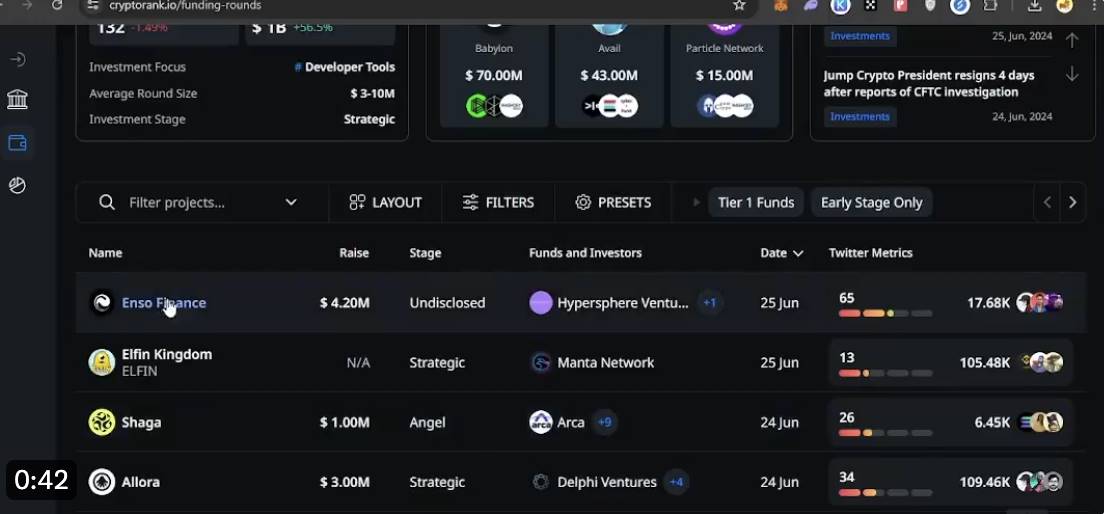
(See video for details)
Once you find a project, check its activity: Look at their profile activity: Are there any events going on? How many people are participating?
Which projects are most likely to launch a token?
Many protocols have raised significant funding, but their valuations are unknown.
I prioritize them in the following order:
-
Projects with known valuations: This can give you a rough idea of the FDV at launch.
-
Projects backed by specific VCs: More on this in future posts.
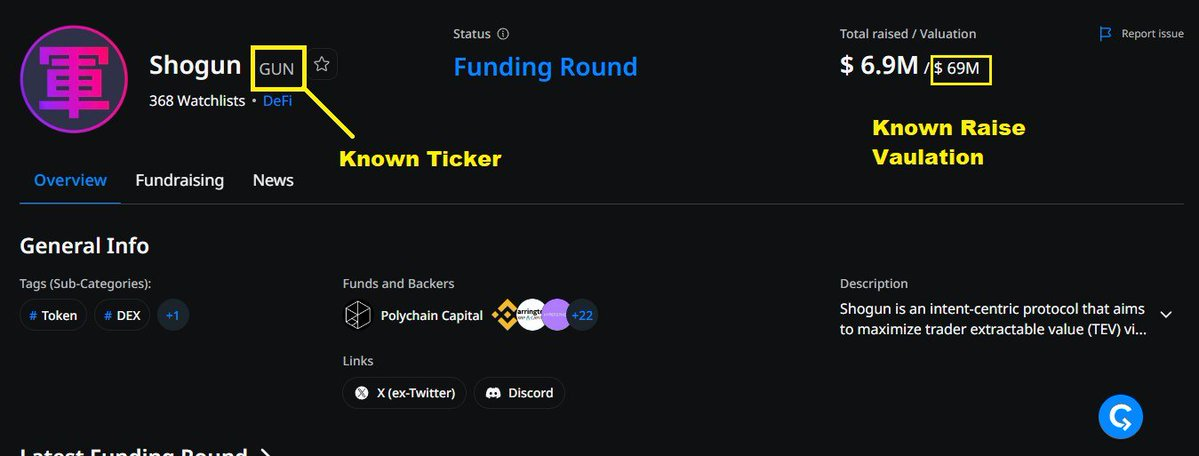
Some VCs are obvious choices. I plan to write a post about this, but from an airdrop perspective, I’m primarily interested in the following VC-backed projects: Jump, Binance, and Multicoin Capital.
Most of these VCs are obviously investing for the tokens, and projects backed by Binance have been doing well lately.
Unusual Factoriooo: Second round of airdrop
I don’t think we’ve seen a wave of these types of airdrops yet, but they have the potential and I’ve seen this strategy work well.
80% of people left the protocol after the first token generation event (TGE) because they only received a small amount of tokens, but some people still stayed.

We all laugh at those post-TGE project metrics, but does that mean there are fewer money grabbers now?
Even if a coin launches poorly, there is still hope that it will bounce back and perform well like $SEI did.
Maybe look for projects that will allocate a large amount of supply to the second round. For example:
-
Parcl: It’s very easy to rank up via LP now because PVP is over and if Solana goes up, it can still go up.
-
Wormhole: Next community airdrop will be unlocked in a few weeks, trading volume is very low right now.

Final Factor: Advantages and Research
The dilution is real now, unlike during the original airdrop when awareness was lower.
It’s best to get involved early, research the project carefully, check if the whitepaper mentions a token. Get some early roles/OATs.
Even if it gets diluted later, it doesn’t matter. We remember when we shared Elixir in Discord, no one was interested in it at the time, but it became popular later. But we got some early roles at that time and left an initial footprint, which may help the airdrop.
For example: Lista DAO provided a nice airdrop to early OAT holders.
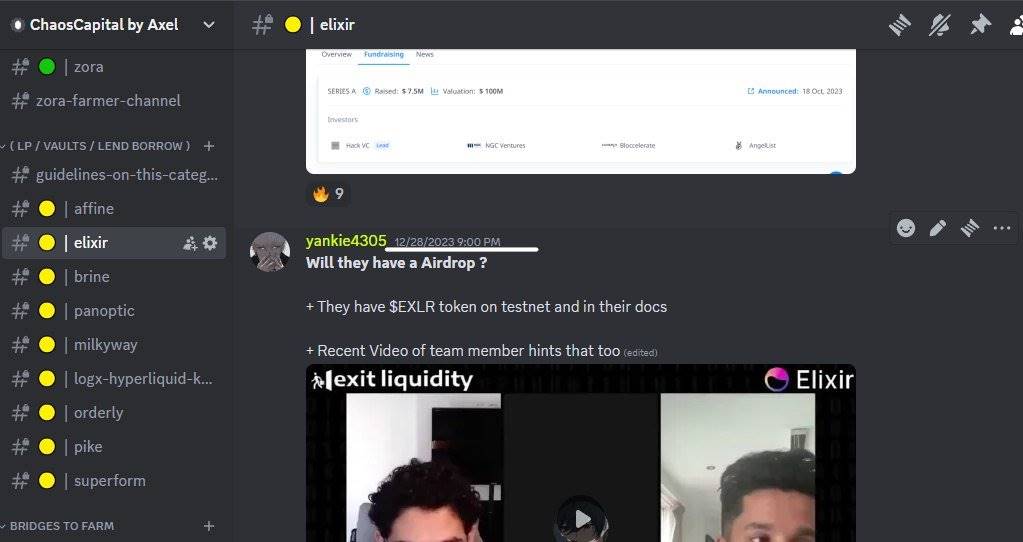
In the current market environment, extracting maximum value is key, and there are no shortcuts. Many projects will give you thousands of dollars in airdrops with low investment.
Priority is given to projects that are about to start, rather than medium- to long-term projects of two years.
Shifting four-digit gains into hot topics or trends like meme coins and AI instead of larger cat-related projects.
If you are a beginner or a low-capital investor, the best strategy is:
-
Get three to four-digit airdrops with low investment.
-
Transfer these gains to trending topics like meme coins, AI, etc. instead of larger airdrop projects like ZRO and ZK.

We are near the bottom of the market and altcoins are about to start moving up significantly. Don’t give up and lock up your liquidity in unnecessary long-term gains.
It is relatively easy to make money in a one-way rising market.
In conclusion, airdrops are not dead.
-
But don’t go overboard chasing hot airdrops just for the Dune dashboard.
-
Try to play low-level allocations (with a good risk-reward ratio).
-
Research projects that are not popular but are well funded and have excellent products, and participate as early as possible.
This article is sourced from the internet: Airdrops are not dead, but don’t chase hot projects too much
Original|Odaily Planet Daily Author: Wenser Since Bitcoin completed its fourth halving on April 20, the price of Bitcoin has once again entered a volatile range, falling to around US$56,500 on May 1, and is currently trading around US$62,800. The halving event and the expected rune fever did not bring new growth points to the price trend of Bitcoin. The market opinions on the subsequent rise and fall of Bitcoin have recently diverged again. Based on the previously published article BTC Completes the Fourth Halving in History, How Do Various Institutions Predict the Future Market? , Odaily Planet Daily will briefly sort out the views on Bitcoin trends for readers reference. Positive view: Rising is still the main theme SkyBridge Capital: BTC market value will eventually surpass gold On April 18,…
